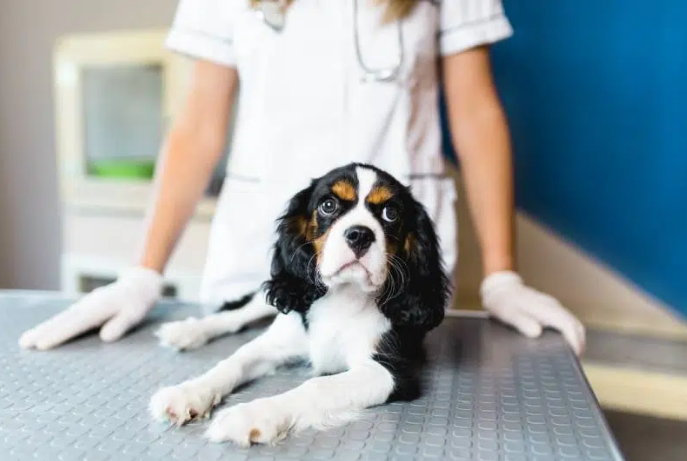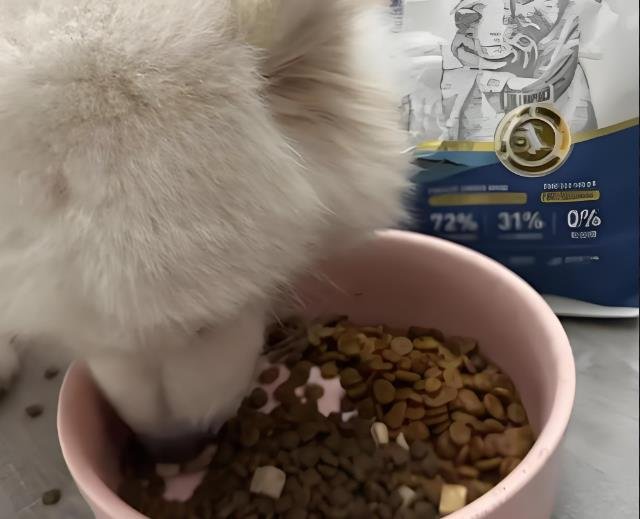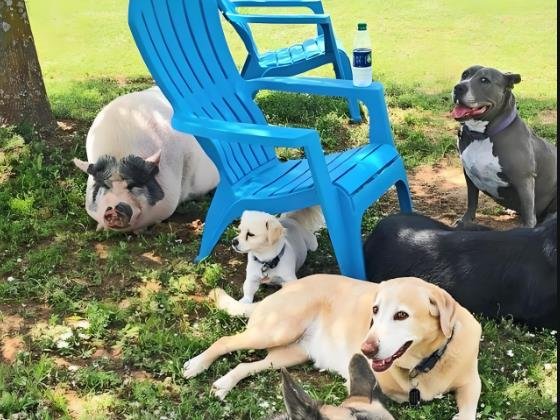Wondering when to spay or neuter your Cavalier King Charles Spaniel? You’re not alone! This breed’s sweet nature and unique health profile make timing critical. Let’s break down the facts, risks, and expert tips to help you make the best choice for your furry friend.

Why Timing Matters More Than You Think
Vets used to recommend a one-size-fits-all approach: fix your pup at six months. But here’s the kicker: those hormones aren’t just about reproduction—they’re key players in bone development and joint health! Recent studies, including a landmark UC Davis project, found that early spaying/neutering might increase risks for certain breeds.
For Cavaliers, though, the news is reassuring. Research shows six months remains the sweet spot for this breed. Why? Unlike larger dogs, Cavaliers don’t face significant spikes in joint diseases like hip dysplasia when fixed at this age. But there’s a twist: waiting too long can hike cancer risks, especially for females.
Health Risks: What Every Owner Should Know
- Heart Health First
Cavaliers are prone to mitral valve disease, a heart condition that can appear early. If your pup has a murmur, your vet might suggest delaying surgery until a cardiologist gives the all-clear. Hormone loss from spaying/neutering could impact heart development, though more studies are needed. - Cancer Prevention
For females, spaying before their first heat slashes mammary tumor risks by up to 90%! But here’s the catch: once they’ve gone through a heat cycle, that protection plummets. Males aren’t off the hook either—testicular cancer and prostate issues become concerns if you skip neutering. - The Pyometra Peril
Unspayed females face a silent killer: pyometra, a uterine infection that’s often fatal without emergency surgery. Nearly 25% of intact females develop it by age 10. Trust us—you don’t want to gamble with this one.

But What If I Want to Wait… or Skip It Altogether?
Thinking about breeding? Hold that thought. Responsible breeding isn’t just cute puppies—it requires genetic testing for heart, hip, and eye conditions common in Cavaliers. Even then, accidental litters contribute to pet overpopulation.
For males, staying intact means dealing with roaming instincts (ever seen a lovesick dog scale a fence?) and marking behaviors. Neutering curbs these urges and reduces aggression.
The Surgery Lowdown: What to Expect
• Prep Work: Blood tests ensure your pup’s ready for anesthesia.
• Recovery: Most bounce back in 3–5 days. Keep them calm—no zoomies!
• Post-Op Care: Watch for swelling or lethargy. Pain meds and a cozy cone are your BFFs.
Pro tip: Schedule the procedure during cooler months. Cavaliers’ thick coats make summer recoveries sweaty and uncomfortable.
The Bigger Picture: Lifespan & Quality of Life
Fixed Cavaliers often live 1–3 years longer than intact dogs. Why? Reduced cancer risks and fewer hormone-driven behaviors (like escaping into traffic). Plus, spayed females avoid pyometra’s life-threatening complications.
But balance is key: Overweight Cavaliers are common post-surgery. Adjust their diet and keep playtime active to avoid pudgy pups!
Final Word from the Pros
“Every Cavalier is unique,” says Dr. Sarah Thompson, a veterinary surgeon. “While six months works for most, tailor the timing to your dog’s health history. And always consult a vet who knows the breed.”
So, mark that calendar—your Cavalier’s best life starts with a well-timed vet visit. 🐾


